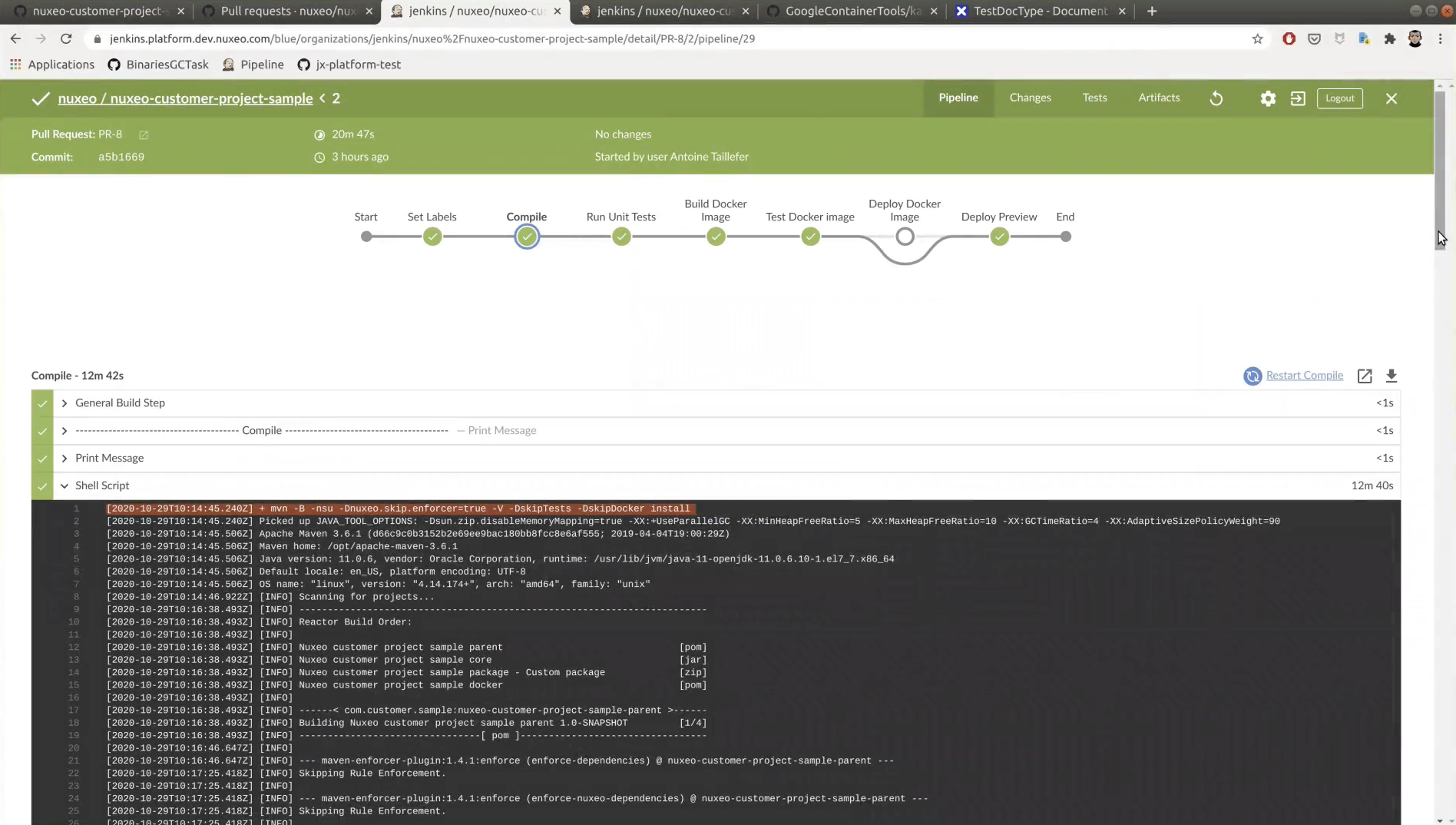Setting up continuous integration on your project is a good practice to prevent regressions and potential bugs. The earlier you detect a problem, the easier it is to fix it.


Define Expectations
The architecture to set up depends on:
- what you want to automate (build, test, verify)
- when (on commit, by night, on demand, on release)
- how
Matters the size of the code base, the number of developers, the build frequency, the development flow etc.
Recommended Tools
Once you know your expectations, you can get a better idea of the tooling it will require.
Doing CI consists of automating manual tasks, and implicitly involves leveraging the ability to add more and more automated tasks such as
- Quality Assurance tooling
- Continuous Delivery (e.g. deploying artifacts to a Nexus / artifactory)
Base setup is an environment satisfying the "what you want to automate" requirement, i.e. "build" or "test" requirements. Such an environment is provided to the CI system as a Docker image (or composition), and leveraged using a Jenkins like automation tool.
Below are some of the tools Nuxeo usually uses and is familiar with.
Unit Tests
- JDK 8: run-time container
- Maven 3: Jenkins slave that runs the build
Functional Testing
- Selenium WebDriver, Cucumber: automated testing tools that integrate with Maven
Performance Testing
- Gatling: benchmark testing tools that integrate with Maven
Infrastructure Sizing
To get a size estimation, we suggest to build a first job and measure impacts/footprint on:
- Network bandwidth
- Disk usage: space, IO, speed
- Memory
- Build duration
From there, ask yourself the following questions:
- How many branches do you want to put CI under?
- How many commits happen per day?
- How many developers will you have?
With these numbers, you can get a rough estimate of your needs/ costs induced and estimate this against the developers' expectations and your quality control requirements. Setting up a scalable infrastructure helps to start small, then adapt the sizing as needs evolve.
Q/A
Can I Put Studio Configuration Under CI?
Yes you can:
Studio configuration is exposed as a build resource (Maven artifact or Nuxeo Package).
Can I Automate Studio Releases?
Yes you can: once your tests pass, it is easy to automate the creation of a new Studio release thanks to Studio's releases REST API.